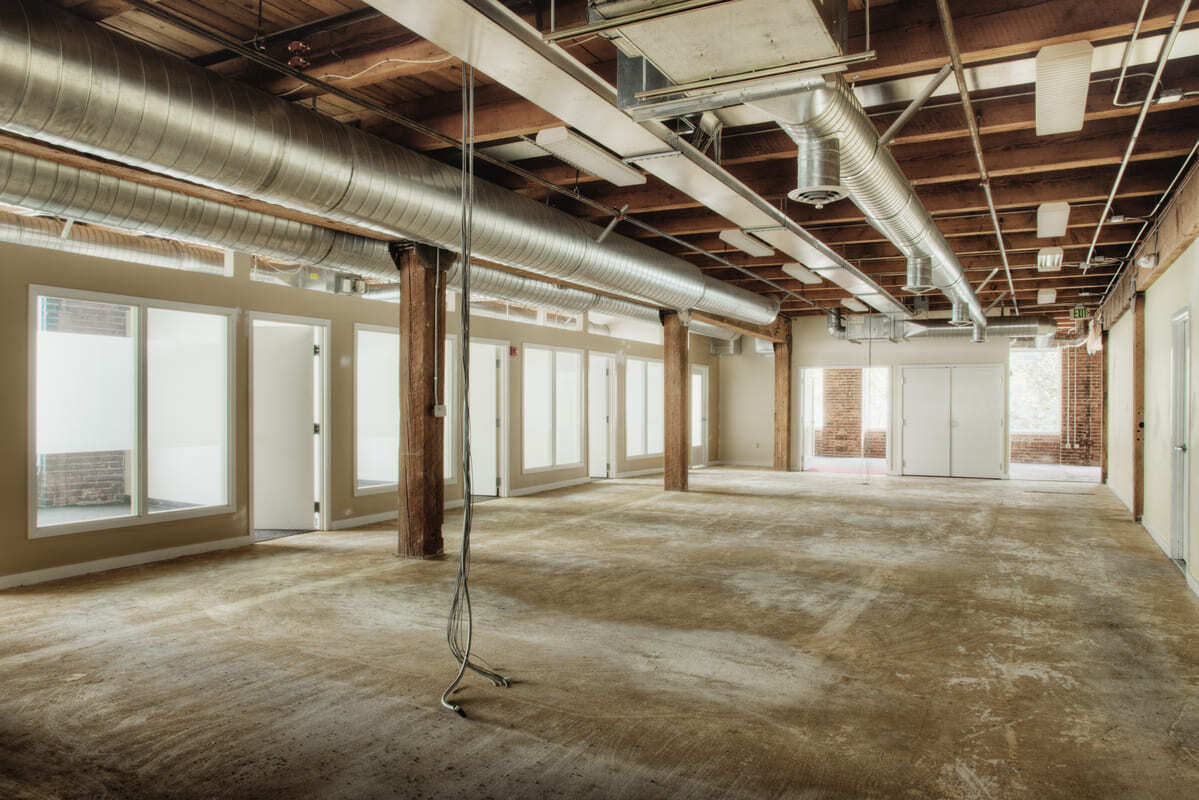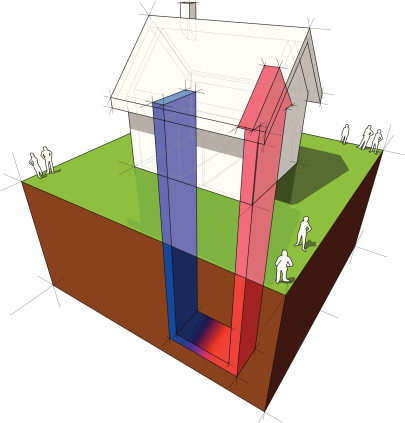 Next to the remote control, it's probably the one device in your home that triggers the most discussion – and maybe even a few quarrels.
Next to the remote control, it's probably the one device in your home that triggers the most discussion – and maybe even a few quarrels.
It's understandable that the thermostat can create such divisions, especially if your home has multiple levels. Since heat naturally rises, a teenager doing his homework upstairs can feel warm and toasty while an adult working in a basement office can feel chilled to the bone. In fact, there can be as much as a 10-degree variance in temperature between these two levels, leaving the person on the main level to wonder what all the fuss is about.
If the wrong type of heat is coming from your thermostat, you might find the answer with the installation of a zoned heating and air conditioning system.
Getting into the zone
As its name implies, a zoned system divides a home into areas, or zones, and equips them with separate thermostats. So instead of spreading the same amount of warm or cool air to every room, a zoned system sends the air only to the zone (or zones) that require it.
This represents a big difference from most homes, in which a single thermostat, usually located on the main level, controls the temperature. Even if your home features an Energy Star furnace, the only place where the temperature in your home corresponds with the temperature on the thermostat is right in front of the thermostat. After all, this is where the thermostat registers the temperature and signals the furnace or air conditioner to turn on or off.
Homes with multiple levels are particularly well suited to a zoned heating and cooling system. But you also might wish to consider such a system if your home features:
- A sprawling or meandering design
- A large addition
- A finished attic or basement
- A sun room, atrium, solarium or other area that includes large glass windows, where temperatures can be greatly influenced by sunlight
Most homes can be easily divided into two or three zones. Ideal for new homes under construction, a zoned system can be easily installed in existing homes too.
Stack up the benefits
Moderating temperatures in a home may be the primary benefit of a zoned heating and cooling system, but it's not the lone one. Consider that such a system:
- Can save you up to 25 percent on your energy bill since the inclusion of at least two separate thermostats allows you to send warm or cool air only to occupied areas or those zones that need it. For example, if the second floor of your home features mostly bedrooms, and no one spends time there until late in the evening, you can set the thermostat in this zone lower during the winter and higher during the summer. Similarly, the thermostat on the lower level might be set lower still in the winter, especially if you generate plenty of heat from the kitchen. You reap the energy savings from these adjustments.
- Can extend the lifespan of your heating and air conditioning system because it does not have to heat and cool your entire home all the time. With a zoned system, your furnace and air conditioner run only when they're needed.
Who could blame you if your enthusiasm is growing for a zoned heating and air conditioning system? After all, your home is equipped with more than one light switch; why shouldn't it be equipped with more than one thermostat?
Contact Experts In Your Home for a consultation and we'll begin a new conversation – and end any quarrels about the thermostat in your home at the same time!
Are you feeling chilly in your home? If you think your heating system might be broken, download the free eBook below to start troubleshooting!








